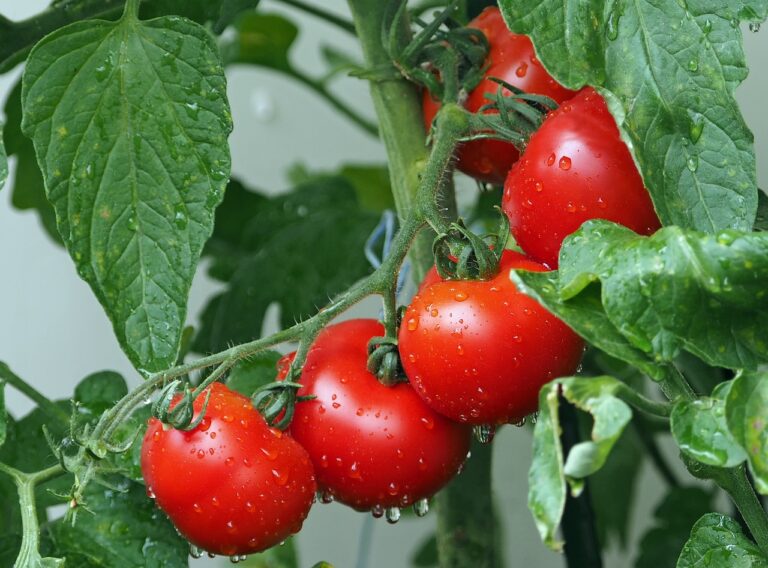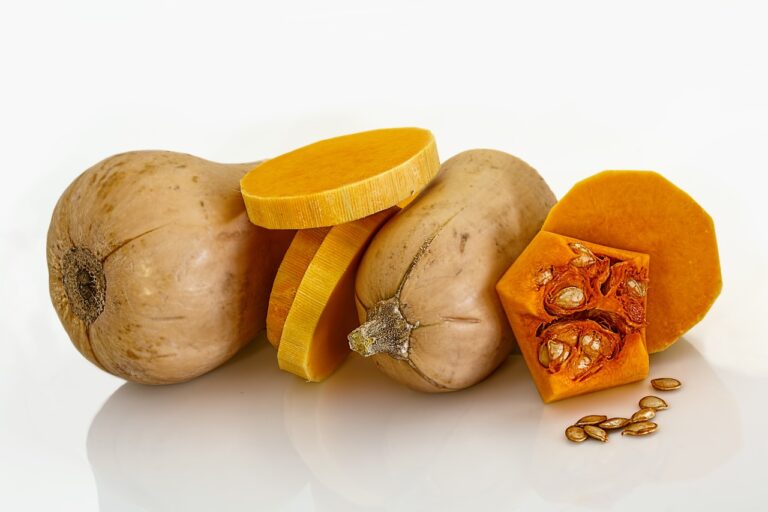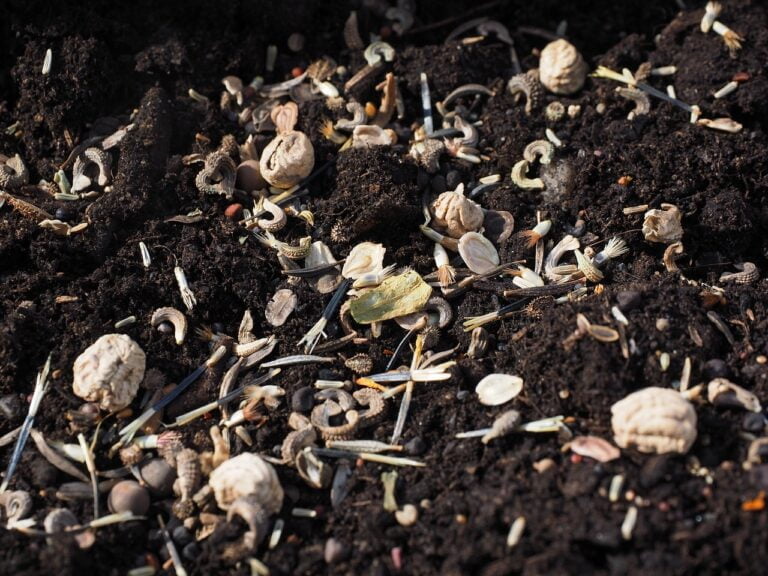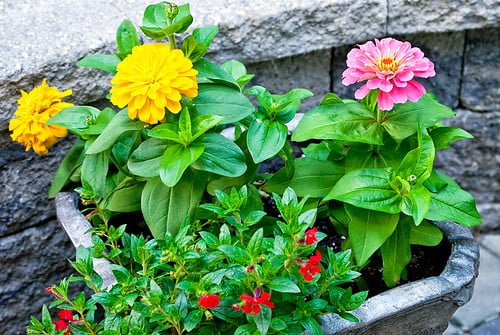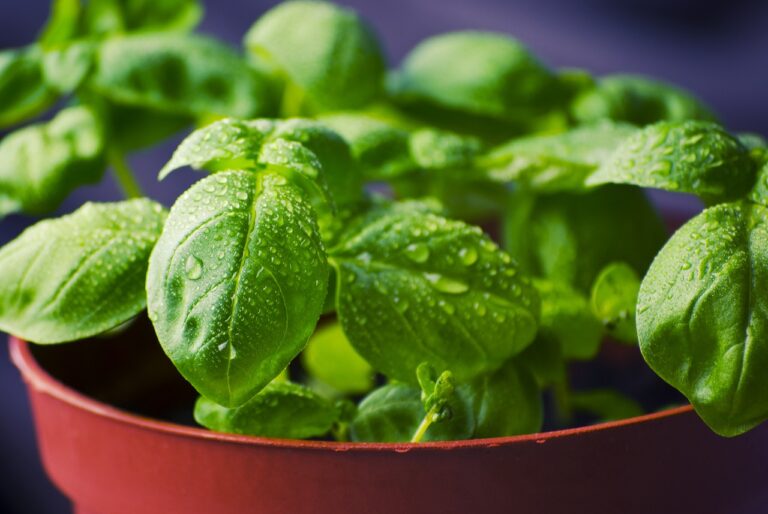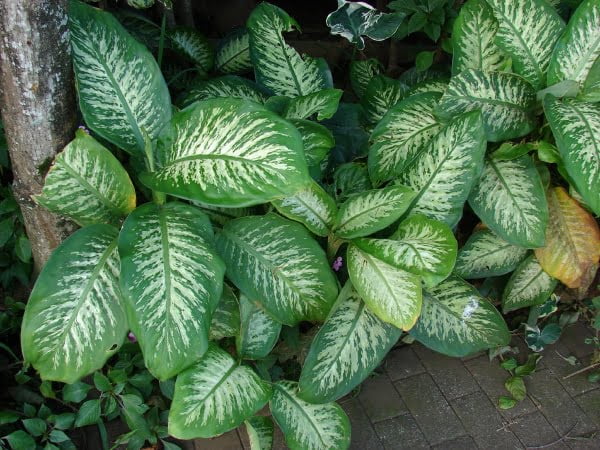Guide to Growing Tomatoes Indoors
I suggest choosing smaller tomato varieties like cherry or plum tomatoes for indoor cultivation. Opt for determinate or patio tomatoes. Disease-resistant types such as Better Boy Hybrid are ideal. Start seeds in a nutrient-rich mix, transfer seedlings to larger containers. Install LED grow lights for the correct light spectrum. Begin planting seeds about 1/4 inch deep in well-draining soil. Implement regular upkeep with watering, fertilizing, and pruning. By following these suggestions, you can successfully cultivate tomatoes indoors and enjoy a plentiful harvest year-round. Ready to enhance your indoor gardening game?
Tomato Variety Selection
Which tomato varieties are best suited for indoor growing? When selecting tomato varieties for indoor cultivation, it is important to take into account factors such as limited sunlight, indoor conditions, and space constraints. Smaller tomato varieties like cherry tomatoes or plum tomatoes are well-suited for indoor gardening due to their compact size and ability to thrive in containers. Determinate varieties or patio tomatoes are also recommended for indoor growing as they are more manageable in limited spaces and provide a bountiful harvest.
In addition to size considerations, it is vital to choose disease-resistant tomato varieties to guarantee a successful indoor growing experience. Varieties such as Better Boy Hybrid or Big Boy Hybrid are known for their resistance to common tomato diseases, making them ideal choices for indoor cultivation where ventilation and disease control can be more challenging.
For those looking to maximize space and light availability indoors, dwarf tomato varieties like Tiny Tim are excellent options. These compact plants not only fit well in indoor settings but also produce flavorful tomatoes that are perfect for snacking or cooking.
Seed Starting and Soil Mix
To start successful tomato cultivation indoors, begin by germinating tomato seeds in a nutrient-rich seed starting mix approximately 6-8 weeks before the last frost date. Selecting a high-quality seed starting mix is vital for providing the necessary nutrients and support for the seeds to sprout effectively. Make sure the mix is well-draining to prevent waterlogging, which can lead to seed rot.
Maintaining proper moisture levels is essential during the germination phase. The soil mix should be kept consistently moist but not waterlogged. Covering the pots with plastic wrap or using a seedling heat mat can help retain moisture and provide the warmth needed for germination.
As the seedlings grow and develop true leaves, they will require more space and nutrients. Transfer them into larger pots filled with a suitable soil mix that is rich in nutrients to support healthy root development and overall growth. Monitor the moisture levels in the new pots to ensure the plants continue to thrive.
Providing the right environment for seed starting and selecting the appropriate soil mix are critical steps in successfully growing tomatoes indoors. By following these guidelines and paying close attention to the needs of the seedlings, you can set the stage for a bountiful indoor tomato harvest.
Optimal Grow Lights Setup
For important indoor tomato growth, setting up LED grow lights is essential to provide the necessary light spectrum and efficiency that plants thrive on. LED grow lights are ideal due to their ability to mimic natural sunlight and promote plant growth effectively. Hanging grow lights on shelves is a practical way to guarantee easy access for adjusting and maintaining the lights as the plants grow. When setting up the lights, adjusting the height correctly is crucial. This adjustment helps prevent seedlings from becoming leggy and encourages healthy growth patterns.
It is crucial to place seedlings at an appropriate distance from the LED grow lights to guarantee they receive the right amount of light for optimal growth. A consistent lighting schedule is also important; maintaining an 18-hour on and 6-hour off daily schedule can help simulate natural sunlight indoors and promote plant growth effectively.
Planting and Transplanting Tips
What key steps must be taken to guarantee successful planting and transplanting of tomato seedlings for ideal growth indoors? When starting tomato seeds indoors, plant them approximately 1/4 inch deep in a well-draining seed starting mix to promote germination. Once the seedlings have developed true leaves, it’s time to transplant them into larger pots to provide ample space for growth. To make certain successful germination, maintain a soil temperature of at least 60°F, creating an ideal environment for the tomato seeds to sprout.
During the transplanting process, consider using a growth hormone to reduce shock and encourage robust growth in the seedlings. Fabric pots are an excellent choice for transplanting as they provide good drainage and aeration, promoting the best root health. The fabric pots allow for air pruning of the roots, preventing them from becoming root-bound and encouraging a healthier root system overall.
When transplanting tomato seedlings, it’s essential to handle them with care to avoid damaging the delicate roots. Gently loosen the roots before placing them in the new container to encourage outward growth. Make sure the new pots are filled with well-draining soil to prevent waterlogging, which can lead to root rot. Following these transplanting tips will help your tomato seedlings thrive indoors and set the stage for a bountiful harvest.
Maintenance and Harvesting Strategies
When maintaining indoor tomato plants, it is crucial to implement regular watering, fertilizing, and pruning routines to guarantee excellent growth and health. Water your plants consistently, making sure the soil remains moist but not waterlogged. Fertilize every two weeks with a balanced fertilizer to provide necessary nutrients for strong growth. Pruning is essential to promote air circulation and prevent disease; remove any yellow or diseased leaves promptly.
Regularly monitor your indoor tomato plants for pests and diseases. Common pests include aphids and spider mites, which can be controlled with insecticidal soap. Diseases like powdery mildew can be prevented by maintaining good airflow around the plants and avoiding overhead watering.
Harvest your tomatoes when they have reached their full color and can be easily picked from the vine. To retain excellent flavor and texture, store harvested tomatoes at room temperature rather than in the refrigerator. Indoor tomato plants typically take between 55-85 days to mature, depending on the specific variety grown. Keep track of the estimated harvesting time to make sure you pick your tomatoes at the peak of ripeness.

